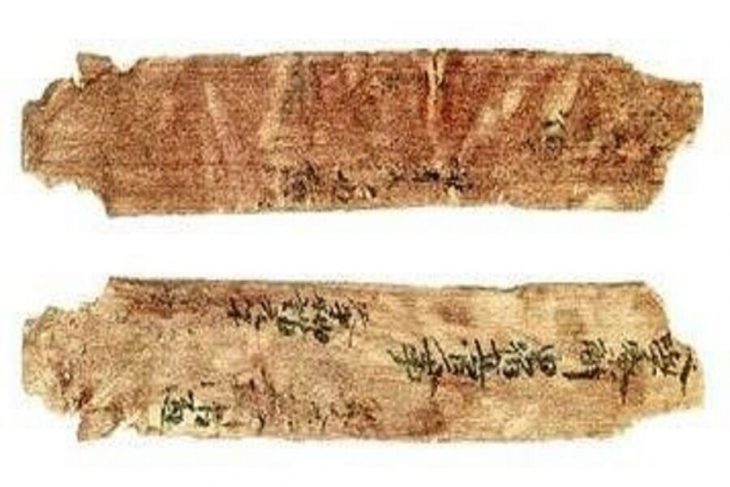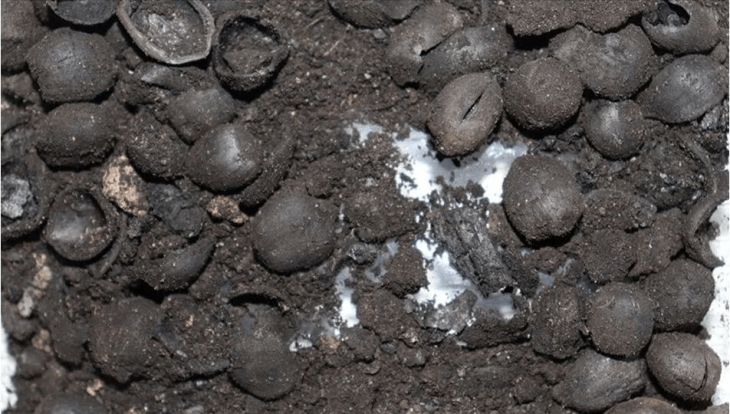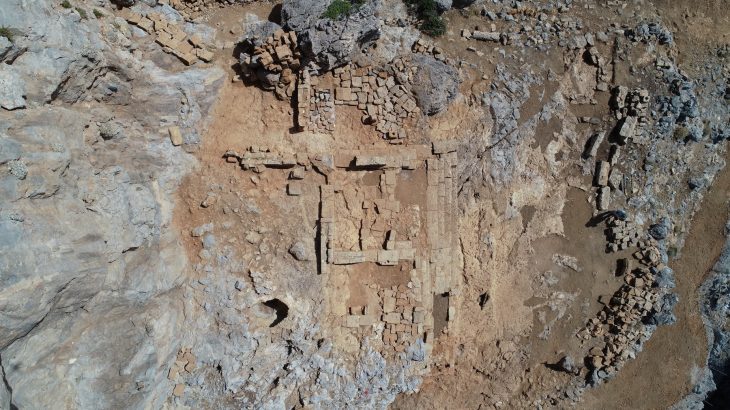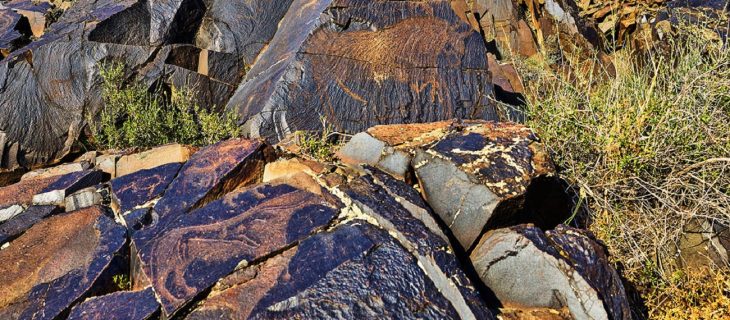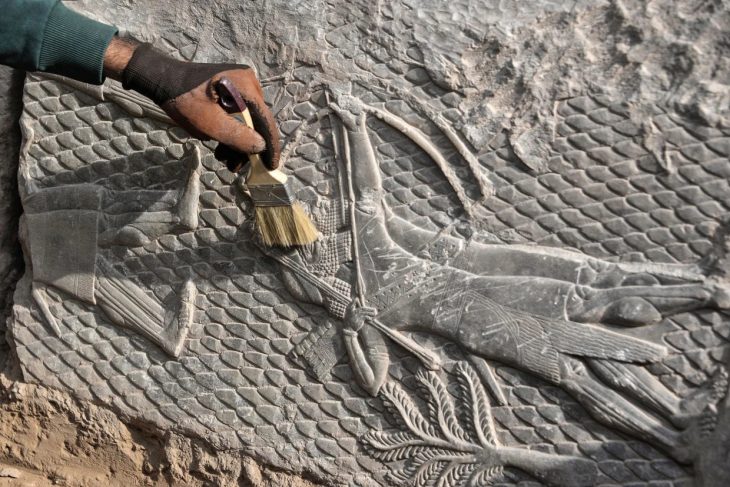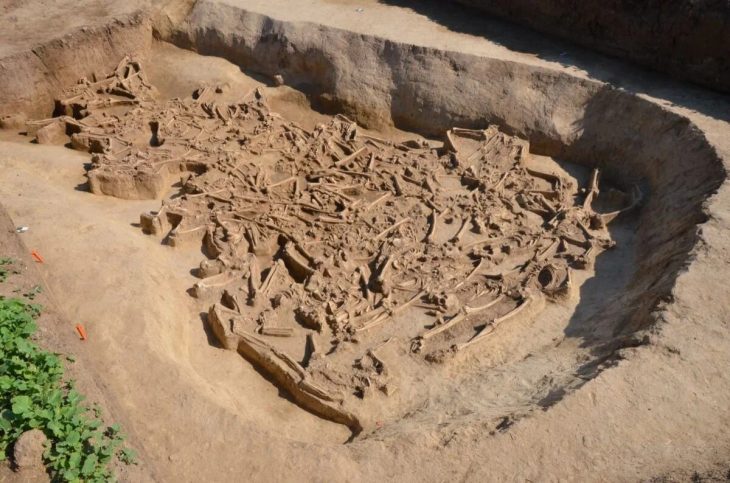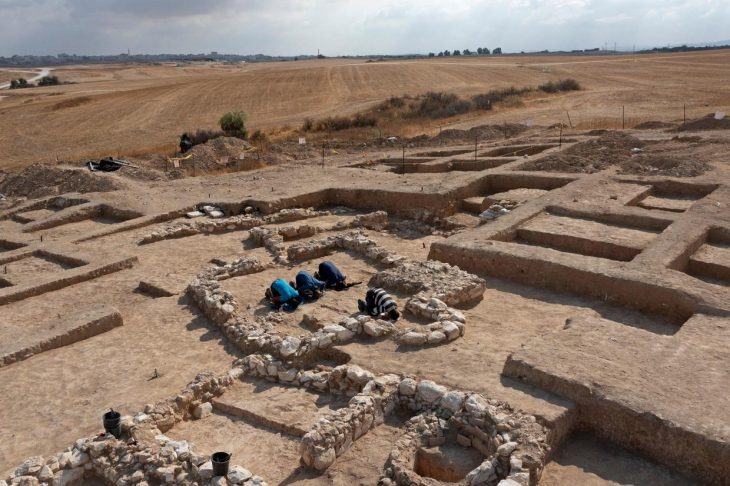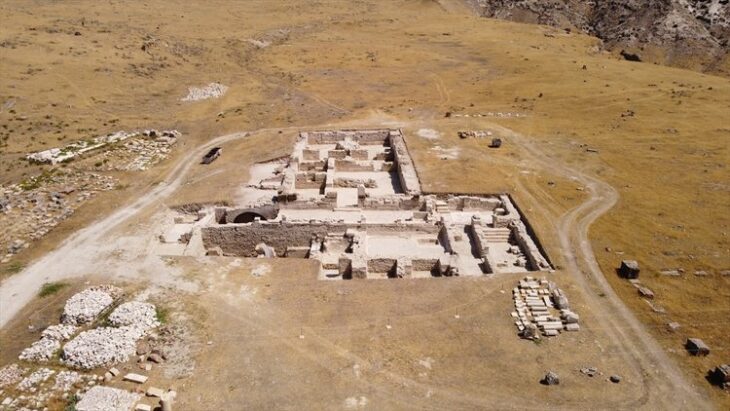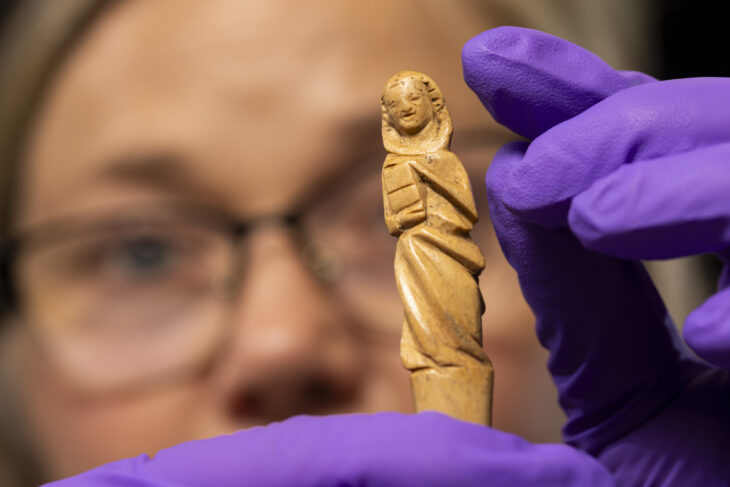Veronica Waweru, a Yale University archaeologist conducting fieldwork in Kenya, discovered an “arcade” of ancient Mancala game boards carved into rocks.
Mancala stems from the Arabic word Naqala which means “to move.” In the game Mancala, users “sow” and “capture” seeds. According to historians, mancala may have been used as a divination tool, a harvesting ritual, or a record-keeping method at the beginning of civilization.
Examples of this game have been found in Egyptian ruins dated from 1400 B.C.E. — carved into the temple roofs of Memphis, Thebes and Luxor. Even though the Mancala game dates back thousands of years, it is still widely played in the Middle East and Africa today. As per the Savannah African Art Museum, the earliest known mancala board was discovered at the Neolithic site of ʿAin Ghazal in Jordan and dates back to approximately 5870 ± 240 BC.
The recent discovery was made after a tip-off about tourists removing prehistoric hand axes from a site within a private wildlife conservation area.
After receiving the tip-off, Waweru exchanged emails with the Lewa Wildlife Conservancy, the organization that manages the nature reserve, about the handaxe site, which was previously known but never excavated or dated, and found her first opportunity to visit the conservancy.
📣 Our WhatsApp channel is now LIVE! Stay up-to-date with the latest news and updates, just click here to follow us on WhatsApp and never miss a thing!!
Waweru further investigated and discovered a “arcade” of ancient mancala game boards carved directly into a rock ledge.
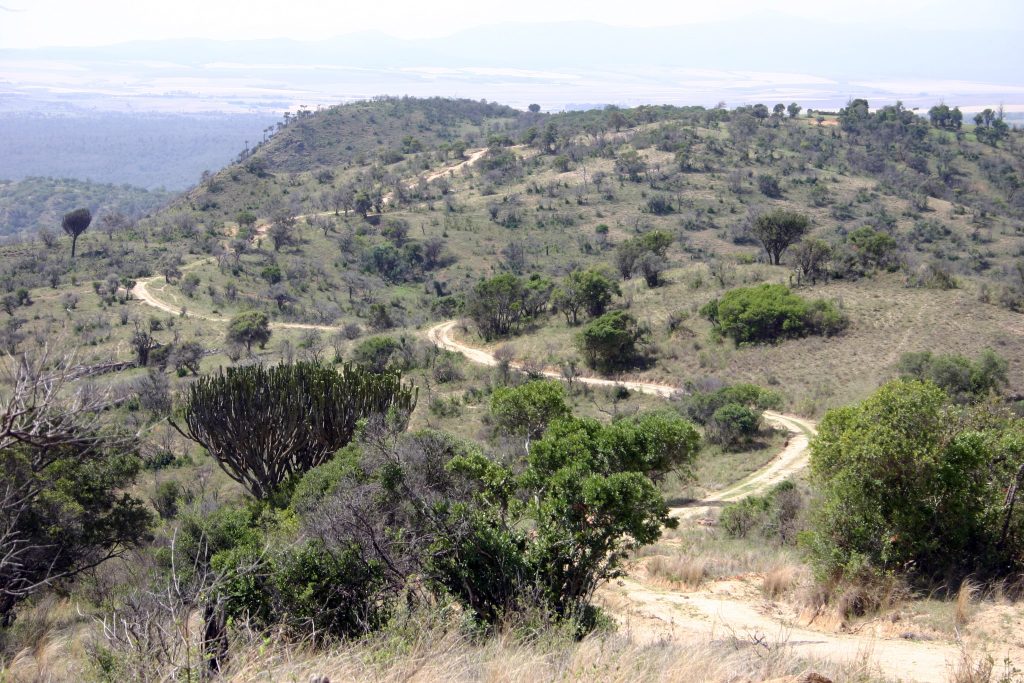
Waweru noticed a series of shallow pits drilled into a rock ledge. A few of the pits were now pockmarks due to erosion. Others were sufficiently deep to support a handful of stones with ease. The pits’ differing degrees of erosion provided evidence that they were created at various points in time. This discovery led Waweru to theorize that ancient people used them to play a form of the game Mancala.
Waweru said: “It’s a valley full of these game boards like an ancient arcade. Given the erosion of some of the boards, I believe that people were playing games there a very long time ago.”
In all, the Kenya site includes about 20 of these Mancala boards. Some of the more recent examples are superimposed on their earlier counterparts.
Also, the site contains 19 burial cairns built by herding communities that inhabited the region 5,000 years ago. The archaeologist thinks the two somehow may be connected in some way, given that the game boards share the site with 19 burial cairns.
The precise age of the game boards is difficult to determine, she said, as they are carved into 400-million-year-old rock. DNA analysis of material found in the burial mounds could indicate how people interred in them relate to modern people, Waweru said.
Waweru and her research team have applied for funding to continue studying the site, which is located near the equator in Kenya’s central highlands on the eastern side of the Great Rift Valley, which stretches from Lebanon in the Middle East to Mozambique in Southeast Africa.
Cover Photo: Veronica Waweru





